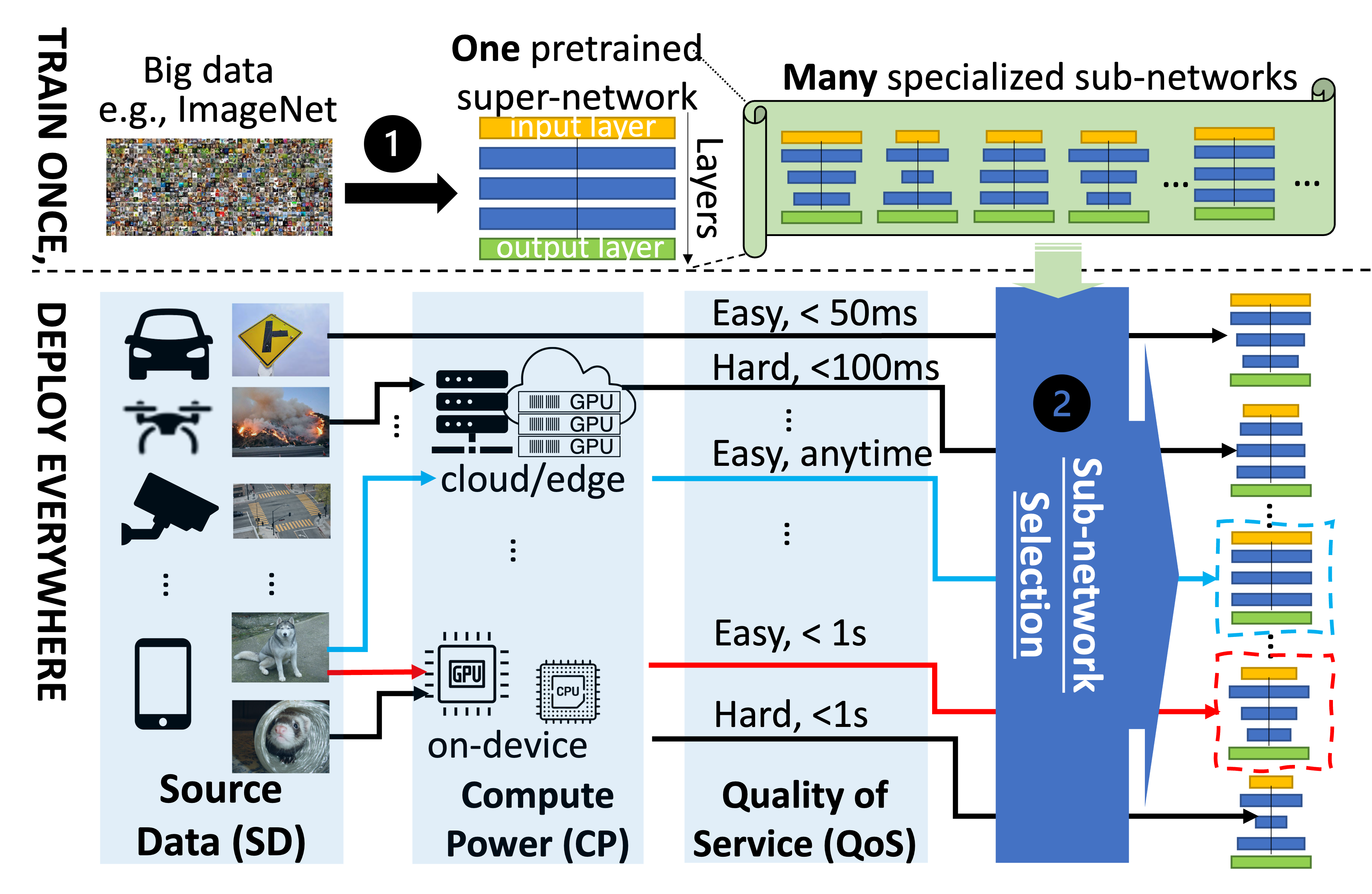Projects
My research aims to build an efficient and effective mobile system combined with computer vision, edge computing and machine learning.
Currently, I am particular interested in the following problems:
- Autonomous drone delivery to the door
- Making mobile vision more efficient with more video compression
- Enhancing DNN deployment efficiency in diverse use scenarios
Autonomous drone delivery to the door
We present our attempt to tackle the last-hundred-feet problem for autonomous drone delivery. We take a semantic segmentation-based approach to progressively landing towards a convenient and safe drop-off point at all times. We leverage a single-family house structure to streamline and enhance semantic segmentation in the drop-to-door problem context.
SSS: Towards Autonomous Drone Delivery to Your Door Over House-Aware Semantics
We were honored to receive the Best Demo Award at ACM HotMobile’24. Check our interactive demo and real-world experiment video on Youtube.
Making Mobile Vision More Efficient with More Video Compression
Given the fast development in computer vision, we orthogonally enforces more efficient compression for the specific vision inference tasks. Our approach adapts to input contexts and significantly reduces the volume of video data without sacrificing visual inference accuracy.
VPPlus: Exploring the Potentials of Video Processing for Live Video Analytics at the Edge
VPPlus aims to compress video content live streamed from the device to the edge without scarifying accuracy and timeliness of its video analytics. It enlarges the configuration space that can be optimized during on-device processing to achieve greater compression and generates proper feedback automatically to guide the joint tuning over more than 8 parameters (e.g. brightness, saturation, etc.).
Enhancing DNN Deployment Efficiency in Diverse Use Scenarios
For efficient deployment, a DNN is specialized by training to fit the target use scenario (depending on computing power and visual data input). To handle this costly training and meet diverse deployment needs, we tailor the DNN to enhance performance for each scenario using Once-For-All DNN paradigm. This involves training one super network and searching for different sub-networks (subnets) to fit the specific use case.
OPA:One-Predict-All For Efficient Deployment

Instead of training a specialized DNN for each deployment scenario, we have developed a novel approach of using one shallow subnet to test the water. The effectiveness of using a shallow subnet to accelerate the search of a deep subnet has been validated effective in image classification, one showcase application.
